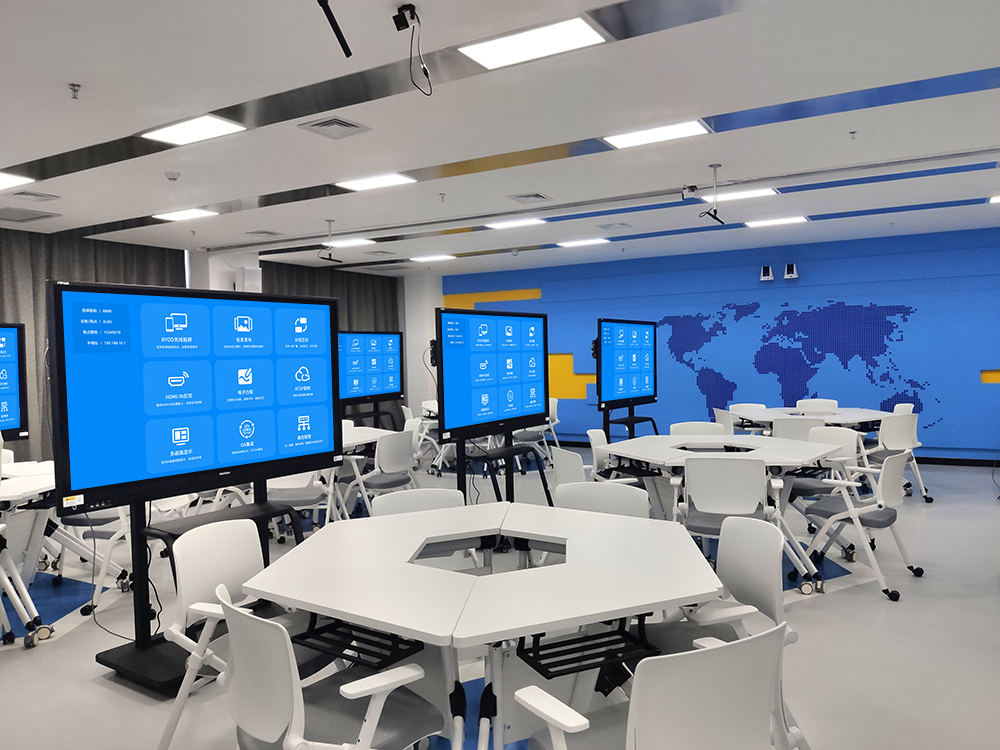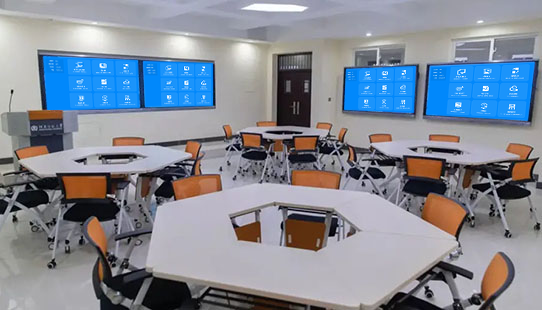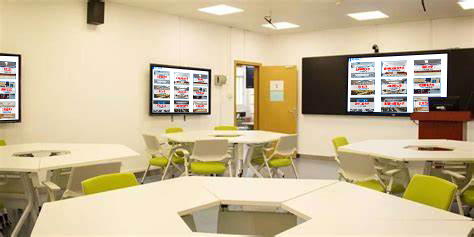Multi-Screen Protocols: Enabling More Flexible Device Interactivity
Casting your phone to a big screen, connecting your computer to a whiteboard, transferring files from your tablet… behind these cross-device operations lies the essential support of multi-screen protocols. From WiDi to DLNA, Miracast to AirPlay, various protocols each play their part, freeing device interaction from the “shackles of cables” and making it more flexible and efficient.
Multi-Screen Protocols: Breaking Device “Language Barriers”
Devices from different brands and systems are like speaking different dialects; multi-screen protocols act as the “universal translator.”
- WiDi protocol excels at high-definition wireless screen mirroring. Windows computers and Android devices use it to connect to large screens, offering 4K quality without lag, ensuring stable presentations for meetings or lectures.
- DLNA protocol is ideal for pushing audio and video. Movies and lossless music from your phone can be effortlessly pushed to TVs and speakers, making home entertainment super convenient.
- Miracast protocol focuses on real-time mirroring, faithfully casting your phone screen content to a large display. This means synchronized, lag-free visuals for gaming or video calls.
Modern multi-screen solutions are compatible with multiple protocols, so no matter which “language” your device supports, it can communicate smoothly, eliminating worries about “not connecting.”
Full-Scenario Adaptation: Protocol Advantages Precisely Leveraged
Different scenarios have varying demands for multi-screen interaction. Choosing the right combination of protocols can double your experience.
- Office Scenario: Use WiDi for PPTs and DLNA for background videos. Multi-protocol collaboration enriches meeting content, and quick switching for multiple presenters keeps discussions focused.
- Teaching Scenario: Teachers use Miracast for real-time whiteboard mirroring, while students use WiDi to cast their problem-solving steps. This protocol complementarity leads to deeper interaction and a direct boost in classroom efficiency.
- Home Scenario: Seniors use DLNA to push traditional opera, while younger family members use AirPlay to cast variety shows. Different protocols meet the needs of the whole family, with simple and effortless operation.

Protocol Optimization: Making Interaction More “User-Aware”
Early multi-screen protocols often encountered issues like “can’t connect” or “unstable casting.” Now, through technical optimization, the experience has greatly improved:
- Automatic Protocol Matching: When devices are near, the system recommends the optimal protocol based on content type. For example, it prioritizes DLNA for videos and defaults to WiDi for documents, eliminating the need for manual selection.
- Enhanced Anti-Interference Capabilities: With dual-band Wi-Fi, multiple protocols can run simultaneously without lag. Even when many people are casting from different devices, visuals and audio remain stable.
- Old Devices Are Also Compatible: Older TVs and traditional projectors can support mainstream multi-screen protocols by connecting an adapter tool. There’s no need to replace old equipment; you can enjoy smart interaction at a low cost.
The value of multi-screen protocols lies in transforming devices from “isolated players” into a “collaborative team.” When different protocols work together seamlessly, cross-device interaction becomes as natural as “talking and communicating,” allowing us to enjoy the convenience brought by technology in office, teaching, and daily life.